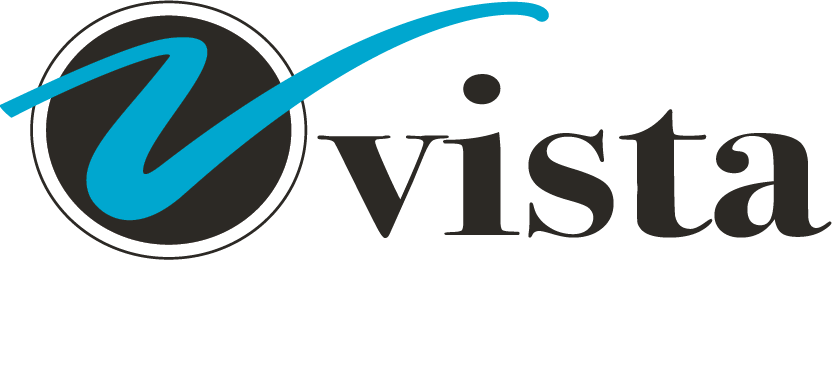You know the one – that standing, required meeting that seems to only serve to interrupt our flow on a regular basis. The one where the same people talk about the same things, and little gets accomplished. For many attending, it can be tempting to daydream, doodle, or otherwise check out. And yet we keep doing it, over and over again without fail. Why? Because it feels like we have to. It doesn’t have to be that way!
The secret to running effective and highly productive meetings requires discipline, but once these practices are repeated enough, they become a habit – a very healthy habit that can energize your team and move your organization consistently forward. Isn’t that the goal?
Here are the ten key disciplines we recommend applying to every regularly recurring meeting. Doing so can transform tedious, ineffective meetings into time well spent for everyone involved.






